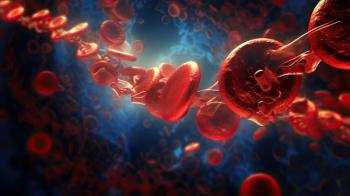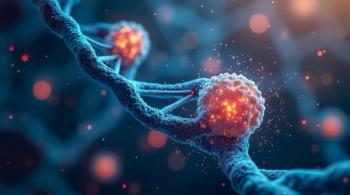
Breakthrough Technique Improves Precision of Gene-Editing Technology
A synthetic bridged nucleic acid was found to greatly improve the accuracy of gene-editing technology, which could potentially lead to new therapies for genetic diseases.
Researchers from the University of Alberta recently discovered a way to improve the accuracy of gene-editing technology, which could potentially lead to new therapeutic uses, according to a study published in Nature Communications.
According to the study, the researchers found that replacing the natural guide molecule that the CRISPR/Cas9 gene-editing technology uses with a synthetic one called a bridged nucleic acid (BNA) can greatly improve the precision of the technique.
The new BNA guide can be used to guide the Cas9 gene-editing system to improve its specificity by more than 10,000 times in certain instances, the researchers noted.
The Cas9 gene-editing technique allows bacteria to store information about previous infections, and then enables that information to seek out and destroy the DNA of new invaders by cutting it, according to the study. The authors have discovered that the system can be programmed to cut a specific DNA sequence in a human cell as well, allowing for gene editing.
For the most part, the Cas9 system is precise. According to the researchers, the system only makes an error 1% of the time.
“However, given that there are trillions of cells in the human body, even 1 percentage off is quite significant, especially because gene editing is permanent,” Basil Hubbard, PhD, Canada Research Chair in Molecular Therapeutics and assistant professor of pharmacology at University of Alberta, said in a press release. “One wrong cut and a patient could end up with a serious condition like cancer.”
The new BNA guide molecule was shown to be more stable and accurate when seeking out the right DNA to cut, according to the study.
Although more research into gene-editing technology needs to be done, the study findings demonstrate a promising improvement that brings gene-editing medicine closer to patient use.
Reference
Cromwell CR, Sung K, Park J, et al. Incorporation of bridged nucleic acids into CRISPR RNAs improves Cas9 endonuclease specificity. Nature Communications. 2018; 9 (1) doi:
Breakthrough brings gene-editing medicine one step closer to patient applications [news release]. University of Alberta’s website.
Newsletter
Stay informed on drug updates, treatment guidelines, and pharmacy practice trends—subscribe to Pharmacy Times for weekly clinical insights.




















































































































































































































